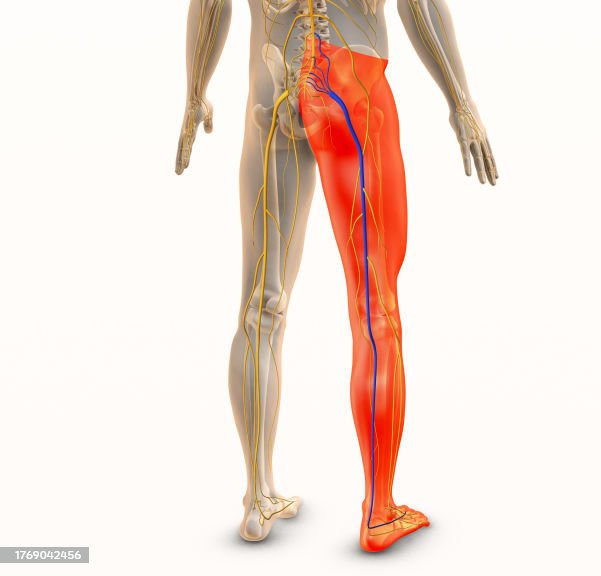Why Do My Muscles Stay Tight — persistent muscle pain NDG and Why Does the Pain Keep Coming Back?
- Vincent B.champagne
- 7 days ago
- 2 min read
Introduction
You take care of your posture, see your therapist regularly, and yet… the pain always comes back.It’s common for persistent muscle tension to be linked to reflex spasms, postural imbalances, or even visceral tension related to the same spinal segment (metameric level).Let’s explore why this happens — and what you can do to help your body finally let go.
1. Reflex Spasm persistent muscle pain NDG: The Body’s Protective Mechanism
When a muscle contracts involuntarily and stays that way, it’s often a defense response.The body triggers a reflex spasm to stabilize a painful area or protect an irritated joint.This reaction helps in the short term, but when it persists, it can actually maintain the pain instead of resolving it.
Common examples:
Lower back spasms after a sudden movement
Neck stiffness following stress or poor posture
Piriformis tension after sciatic nerve irritation
2. Why the Pain Persists Despite Multiple Treatments
Sometimes, patients receive several treatments with little lasting improvement.It’s not that the therapy “doesn’t work,” but often because the root cause hasn’t yet been addressed.
In osteopathy, we always seek the origin of the imbalance, whether it’s:
Musculoskeletal (joint restriction, fascia tension, postural misalignment)
Autonomic/Nervous system-related (stress or overactivity of the sympathetic system)
Visceral (organs under tension referring pain to the same spinal segment)
Metameric example:Tension in the liver (innervated at the thoracic level) can cause reflex tightness in the right trapezius or diaphragm.Similarly, irritation of the colon may generate pelvic or psoas muscle tension.
3. What You Can Do to Help Your Muscles Relax
Move regularly: gentle mobility (walking, stretching, breathing) prevents stiffness.
Breathe deeply: the diaphragm plays a key role in neuromuscular relaxation.
Manage stress: chronic stress maintains muscle tone and reflex tension.
Consult an osteopath: to identify and correct mechanical, visceral, and nervous system restrictions.
Hydrate and rest: well-hydrated muscles recover and relax more efficiently.
4. In Summary: Understanding Is the First Step to Healing
Persistent pain isn’t always about muscle strength or posture.It often reflects a global imbalance between the nervous system, the muscles, and the viscera.Osteopathic care helps restore this balance so the body can finally release what it’s been holding onto for too long.
Conclusion

At Osteopathy NDG Vincent Beaugrand-Champagne, I help patients understand why their pain keeps coming back and guide them toward lasting relief — whether it’s back pain, neck tension, pelvic discomfort, or visceral tightness that causepersistent muscle pain NDG .
📍 Located at 6575 Somerled Avenue, NDG, near Côte-des-Neiges, Côte-St-Luc, Hampstead, and Montreal West.👉 Book your appointment today for a complete osteopathic evaluation and personalized treatment.



Comments